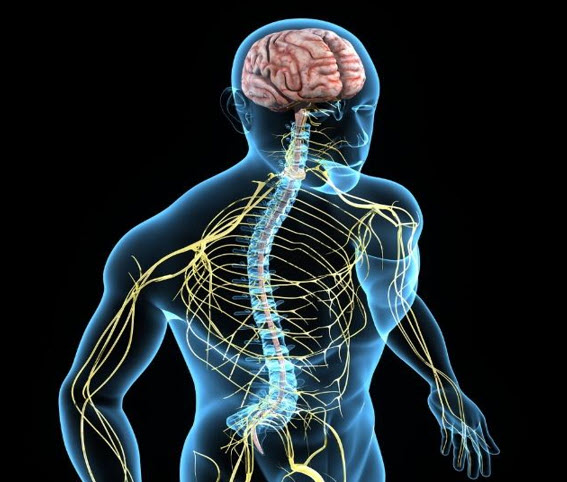Overview
- Objective: Work in small groups to create a digital mind map of the heart and blood flow. Then, discuss each circulation step and share one healthy lifestyle practice that supports good circulation.
- Time: Approx. 25 minutes (including breakout/group work and live discussion).
Instructions for Students
- Join Your Group
- Check your assigned breakout room or group number.
- Your teacher will tell you where to meet (online breakout, shared board link, or both).
- Open the Shared Board
- Click the link below to access our Virtual Mind Map Board.
- Find the frame labelled with your group number/name.
- Create Your Mind Map
- Label the heart chambers, right atrium, right ventricle, left atrium, and left ventricle.
- Add Arrows or lines to indicate the direction of blood flow.
- Add 3 Interesting Facts you as a group remember from Instructional Content #3 and #4.
- Group Discussion (Within Your Board)
- Discuss why each circulation step is essential as you build your mind map.
- Discuss any interesting facts you remember from Instructional Content #3 and #4.
- Optional Pulse Check
- If possible, find your pulse on your wrist or neck. Count your heartbeats for 15 seconds and multiply by 4. That’s your beats per minute (BPM).
- Type or share your BPM in your group board or chat. If you have time, do a few jumping jacks (or another light exercise) and measure again.
- Compare your resting and active pulse rates to see how activity affects your heart rate.
- Wrap-Up
- After 15 minutes, we’ll come together for a whole-class share-out or live discussion.
- Be ready to explain your mind map and any key takeaways or “aha” moments.
Teacher/Facilitator Notes
- Breakout Rooms: Assign students to rooms (online) or small groups (in person).
- Check-In: Move between groups to spark critical thinking:
- Ask: “Why is it important that oxygen-poor blood goes to the lungs first?”
- Prompt them to recall or connect other facts (e.g., valves preventing backflow, resting heart rate, etc.).
- Time Management: Aim for:
- 10–15 minutes of group collaboration on the mind map.
- 5–10 minutes of class-wide reflection/sharing.
- Wrap-Up Discussion: Let groups briefly present their mind maps and healthy lifestyle tips.
Let’s Get Started!
Click the link above to access your group’s board and begin collaborating on the heart’s chambers, blood flow, and the difference between oxygenated vs. deoxygenated blood.
Have fun exploring how your heart keeps you alive!
